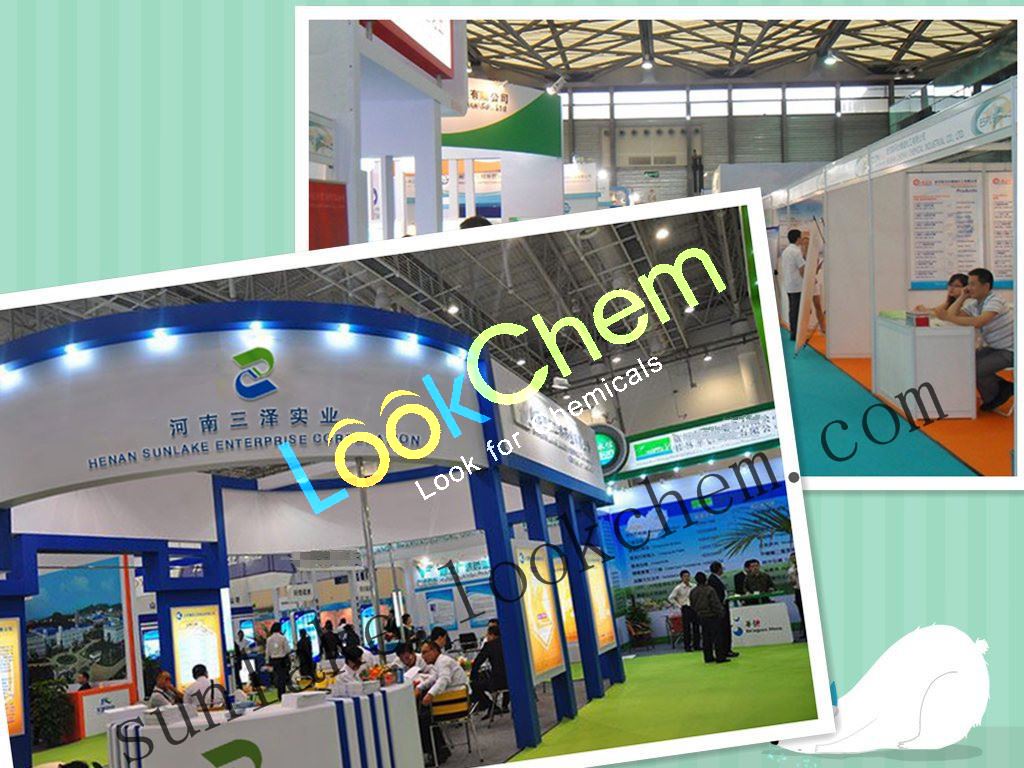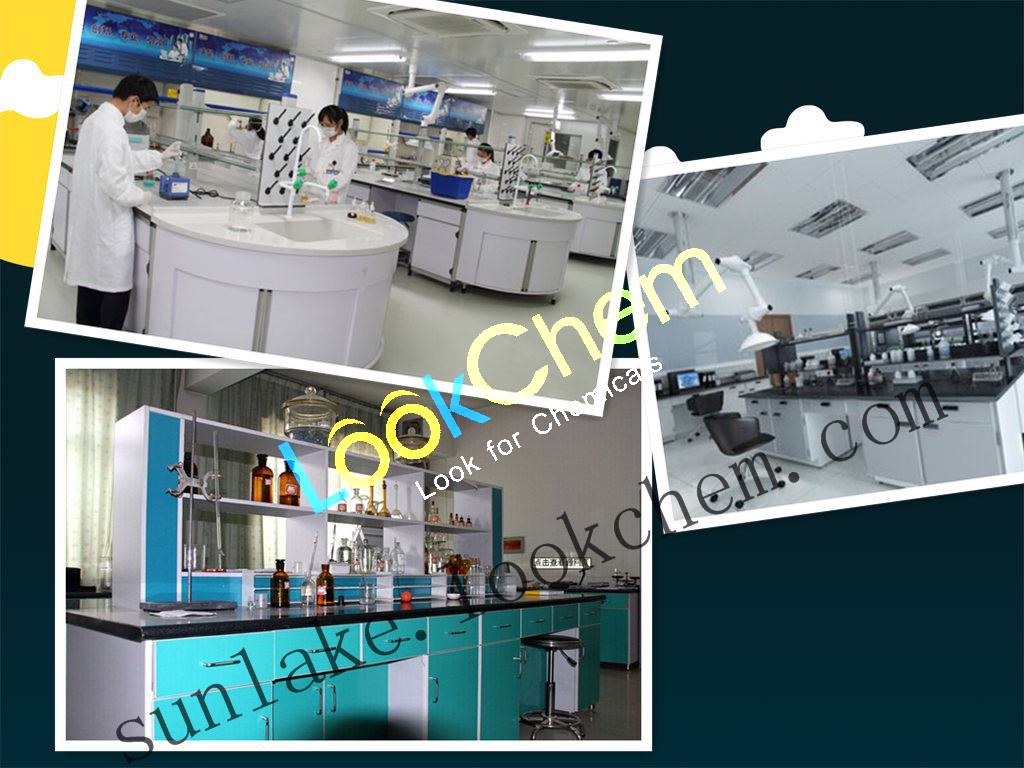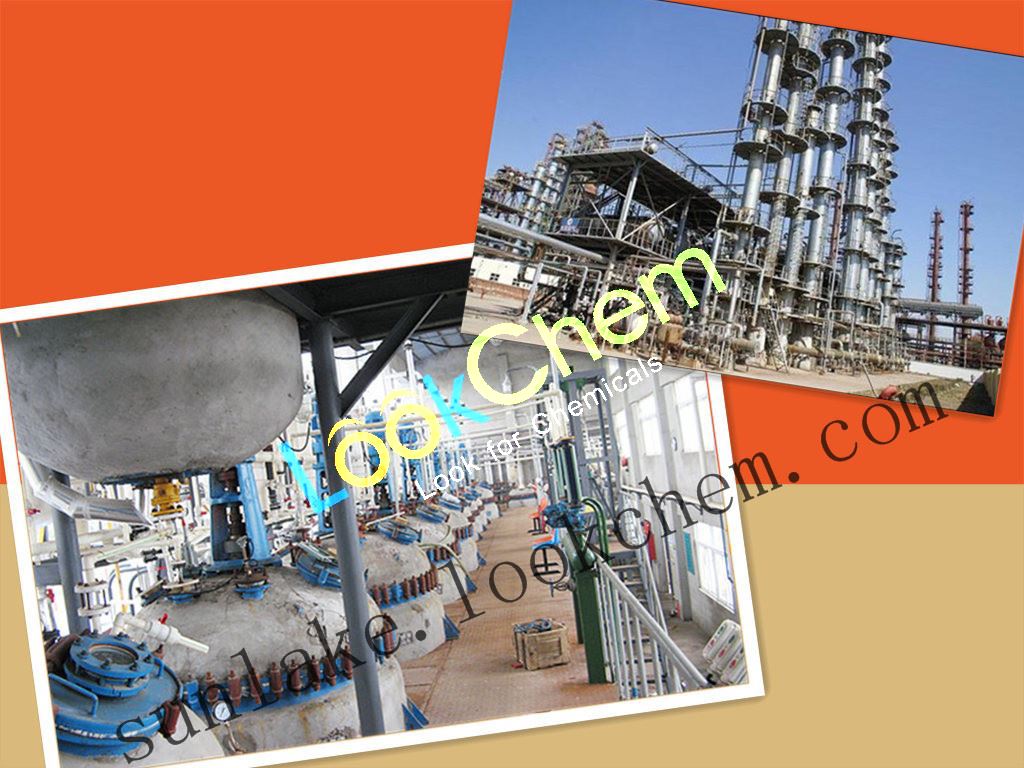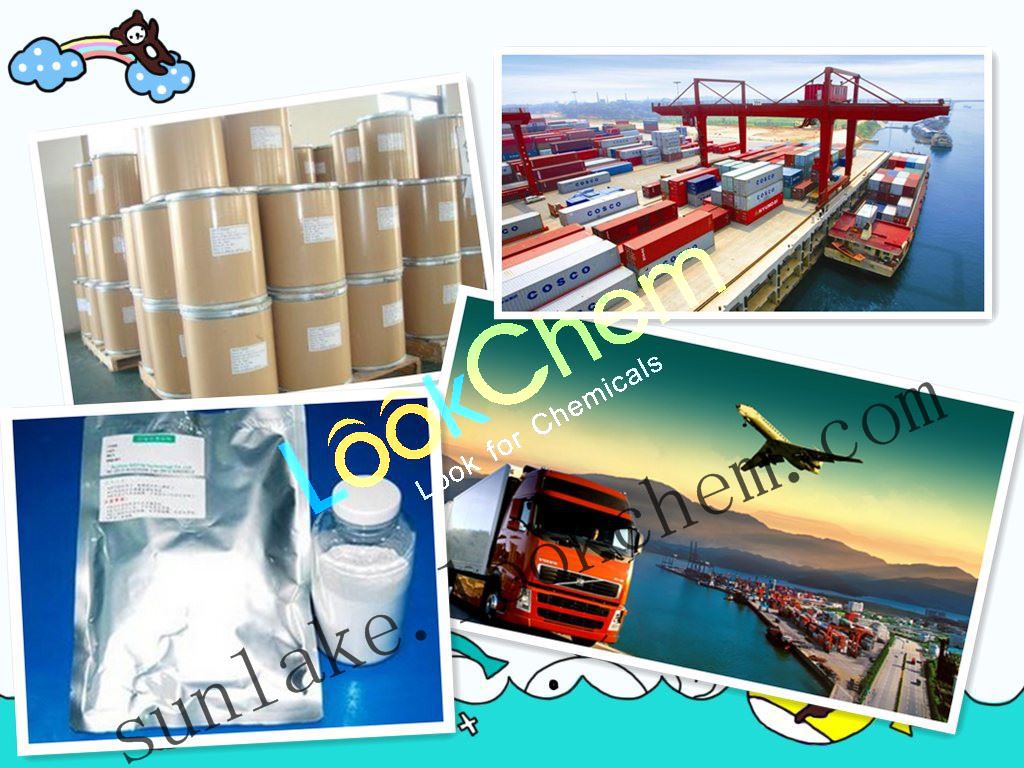Product Certification&
Enterprise Certification
Country: ![]() China (Mainland)
China (Mainland)
Business Type:Trading Company
Tel: 86-371-86259723
Mobile:
Tel: 86-371-86259723
Fax: +86-371- 86259723
Province/state: HENAN
City: ZHENGZHOU
Street: Mingmen International Center, NO.222 Dongming Road,Zhengzhou,Henan,China
MaxCard:
 Contact Suppliers
Contact Suppliers
CAS NO.77182-82-2
| Glufosinate-ammonium Basic information |
| Product Name: | Glufosinate-ammonium |
| Synonyms: | 2-amino-4-(hydroxymethylphosphinyl)butanoicacidmonoammoniumsalt;2-amino-4-(hydroxymethylphosphinyl)-butanoicacimonoammoniumsalt;ammonium(3-amino-3-carboxypropyl)methylphosphinate;ammonium(dl-homoalanine-4-yl)methylphosphinate;Ammonium-DL-homoalanin-4-yl(methyl)phosphinate;ammoniumglufusinate;dl-phosphinothricinammonium;finale |
| CAS: | 77182-82-2 |
| MF: | C5H18N3O4P |
| MW: | 215.19 |
| EINECS: | 278-636-5 |
| Product Categories: | glutamine synthetase inhibitor;Amines;Phosphorylating and Phosphitylating Agents;NULL;inhibitor;Pharmaceutical intermediates |
| Mol File: | 77182-82-2.mol |
|
|
|
| Glufosinate-ammonium Chemical Properties |
| Melting point | 210°C |
| Fp | 100 °C |
| storage temp. | 0-6°C |
| Merck | 13,7425 |
| Stability: | Stable. Incompatible with strong oxidizing agents. |
| CAS DataBase Reference | 77182-82-2(CAS DataBase Reference) |
| EPA Substance Registry System | Butanoic acid, 2-amino-4-(hydroxymethylphosphinyl)-, monoammonium salt(77182-82-2) |
| Safety Information |
| Hazard Codes | Xn,T |
| Risk Statements | 22-48/20/22-20/21/22-63-60 |
| Safety Statements | 53-45 |
| RIDADR | 2588 |
| RTECS | EK7713600 |
| HazardClass | 6.1(b) |
| PackingGroup | III |
| Hazardous Substances Data | 77182-82-2(Hazardous Substances Data) |
| MSDS Information |
| Provider | Language |
|---|---|
| 2-Amino-4-(hydroxymethylphosphinyl)butyric acid ammonium salt | English |
| Glufosinate-ammonium Usage And Synthesis |
| Organophosphorus herbicides |
Glufosinate-ammonium, also known as glufosinate, is a non-selective foliar application of organic phosphorus herbicide, in 1979 first developed by the Federal Republic of Germany Hoechst (Hoechst) chemical synthesis company. Weeding mechanism of Glufosinate-ammonium is absorbed by the blade, having a part suction effect, can be transferred from the base of the blade to the ends, transferred less to other parts of the plant, is harmless for not unearthed shoots and seeds. Plants Glufosinate-ammonium metabolism is disordered in a short period after drug application, a strong cytotoxic agent Glufosinate-ammonium ion is accumulated in plants; poisoned the plant to die. While also severely inhibited photosynthesis, injured plants was yellowish white after lose of the green, after 2 to 5 days, turned yellow and died. After contacted with the soil, lost activity, it should only for spray of stem and leaf at postemergence. Applications: Glufosinate-ammonium is mainly used for destuctive weeding of orchards, vineyards, potato fields, nurseries, forests, pastures, ornamental shrubs and free arable, prevention and weeding of annual and perennial weeds such as foxtail, wild oats, crabgrass , barnyard grass, green foxtail, bluegrass, quackgrass, bermudagrass, bentgrass, reeds, fescue, etc. Also prevention and weeding of broadleaf weeds such as quinoa, amaranth, smartweed, chestnut, black nightshade, chickweed, purslane, cleavers, sonchus, thistle, field bindweed, dandelion, also have some effect on sedges and ferns. When broadleaf weeds in the beginning of growing season and grass weeds in tillering period, dosage of 0.7 to 1.2 kg/hectare was sprayed on weed populations, period of weed control is 4 to 6 weeks, administration again if necessary, can significantly extend the validity period. Potato field should be used in the pre-emergence, it can also be sprayed before harvest, killing and weeding ground stubble, so as to harvest. Prevention and weeding of ferns, dosage of per hectare is 1.5 to 2 kg. Usually alone, sometimes it can also be mixed with simajine, diuron or methylchloro phenoxyacetic acid, and so on. Figure 1 The chemical structural formula of Glufosinate-ammonium. The above information is edited by the chemicalbook of Liu Yujie. |
| Toxicity | Male rats acute oral LD50 is 2000 mg/kg, female rats is 1620 mg / kg; male mice acute oral LD50 is 431 mg/kg, female mice is 416 mg/kg; dog acute oral LD50 is 200 ~ 400 mg/kg. Male rats acute percutaneous LD50 is > 2000 mg/kg, female rats is 4000 mg/kg. No teratogenic and carcinogenic effects. Rainbow trout LC50 is 320mg/L (96h). |
| Chemical properties | Low solubility in common organic solvents, solubility in water is large. At pH 5-9, hydrolysis, half-life of soil is <10d. Light stability. |
| Uses | Organophosphorus herbicides, glutamine synthetase inhibitors, non-selective contact herbicide. There are certain suction effect, can be used for weeding of orchards, vineyards and non-cultivated land, can also be used for prevention and weeding of annual and perennial dicotyledonous weeds and sedges in potato field, such as rat tail foxtail, crabgrass, barnyardgrass, foxtail, wild wheat, wild corn, cocksfoot, fescue, deschampsia flexuosa, hair grass, ryegrass, reed, bluegrass, wild oat, brome, cleavers, henbit, lamium, solanum nigrum, chickweed, quackgrass, bentgrass, calamagrostis grass, field forget-grass, bermuda grass, amaranthus. Depending on crops and weeds, the amount of use varies, the usage amount of per hectare is 1 ~ 2 kg or more , such as prevention and weeding of raspberry crops and fern in forests and alpine pastures. Usage amount is 1.5 ~ 20kg/hm2. |
| Production methods |
The O, O- diethyl methyl phosphonate reacted with dibromoethane reaction, heated at 80 ℃ for 2 h to get BrCH2CH2P (O) (OC2H5) CH3, and then reacted with (C2H5O2C) 2CNa (NHCOCH3) at 85 ℃to get ( C2H5O2C) 2C (NHCOCH3) CH2CH2P (O) (OC2H5) CH3, which was refluxed with hydrochloric acid, the resulting compound reacted with 28% Glufosinate-ammonium hydroxide for 8 h at 60 ~ 70 ℃ to obtain Glufosinate-ammonium. In addition, synthesis of Glufosinate-ammonium included high-pressure catalytic synthesis method, low-temperature of targeting synthesis, using Strecker reaction and Mitchell addition process ,and so on. See "Pesticides" issue 9, 2002. |
| Category | Pesticide |
| Toxicity grading | Highly toxic |
| Acute toxicity | Oral - rat LD50: 1620 mg / kg; Oral - mouse LD50: 416 mg / kg. |
| Flammability hazard characteristics | Combustible; combustion produces toxic fumes of nitrogen oxides and sulfur oxides. |
| Storage characteristics | Treasury is ventilation, low-temperature and dry |
| Extinguishing agent | Dry powder, foam, sand, carbon dioxide, water mist. |
| Chemical Properties | solid |
| Usage | Used as a herbicide. |
| Glufosinate-ammonium Preparation Products And Raw materials |
| Raw materials | Ammonium hydroxide-->CHLOROPICRIN & ETHYLENE DIBROMIDE-->METHYLPHOSPHONIC ACID |
Exhibition in shanghai
Professional service and rich experience make customers feel at ease, adequate stock and fast delivery meet your desire.
We have clients throughout the world:

Our Laboratoy
We have our own independent lab test center:
This makes sure that our technology support is reliable and authoritative.All of self-owned fine chemicals are manufactured strictly in accordance with international standard.,and also has scientific cooperation with local colleges and institutes.

Our factory
High quality with competititive price:
We are manufacturer and can provide high quality products with factory price

Package & Shipment
Fast and safe delivery:
Parcels can be sent out within 24 hours after payment. Tracking number is available
Secure and discreet shipment. You have various choices of transportation methods
